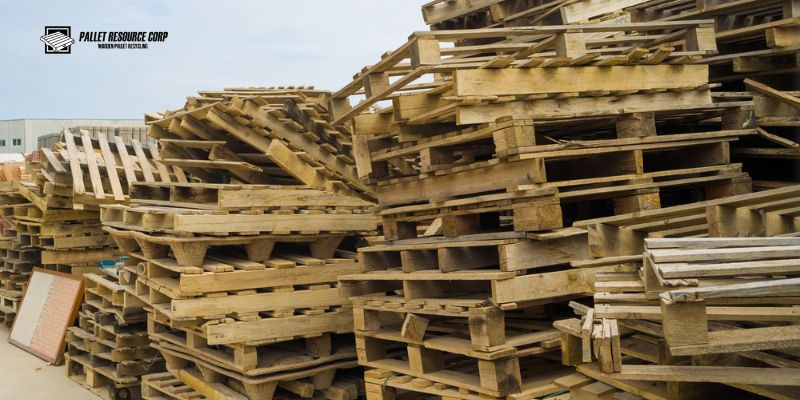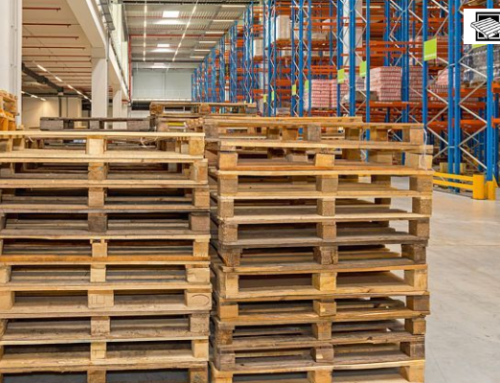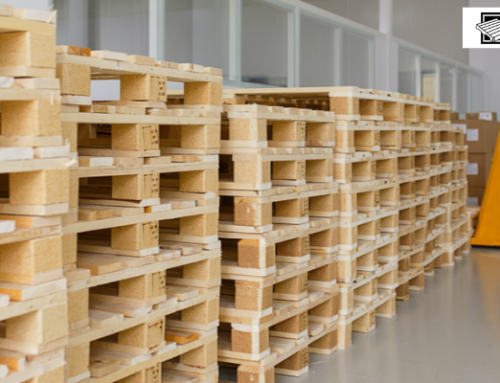Wood pallets may occupy a lot of room in your workplace, and sometimes it can be difficult to find storage solutions that are both effective and secure. You may have never thought about how you store your wood pallets, but appropriate wood pallet storage is crucial for any business since it not only keeps your workspace organized and clean, but also helps to prevent accidents and keeps everyone safe.
Here are some frequent mistakes people make when storing wood pallets…
#1 Pallet stacking with their sides up
Although stacking wood pallets vertically seems to be a clever approach to conserve space, it is an extremely risky storage technique. Vertically packed wood pallets are more prone to tumble over, endangering equipment and workers’ safety. Pallets must be placed horizontally and with a flat bottom to prevent them from toppling over and posing a safety risk.
#2 Pallets stacked too high
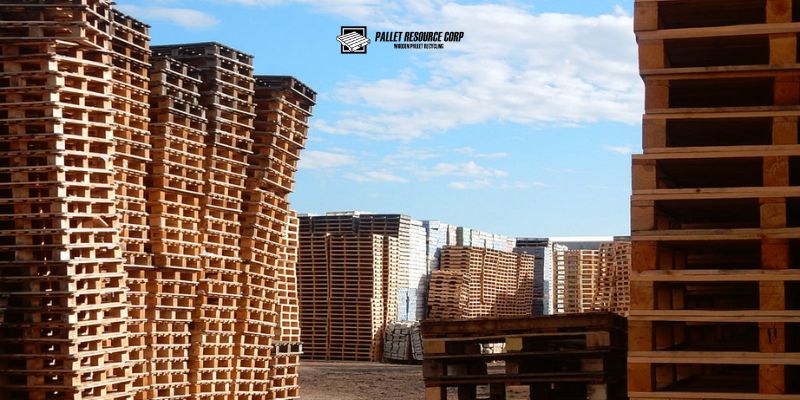
Although piling your wood pallets high may save space, doing so is ultimately just as risky as stacking them vertically. The likelihood that a pallet stack may tumble increases with height. Keep your stacks of unwanted wood pallets under a specified height to avoid this risky predicament. Maintaining modest pallet stacks also makes it simpler for you to grab a pallet when you need one. To keep your workplace safe and effective, keep your wood pallet stacks below six feet high.
#3 Storing broken wood pallets
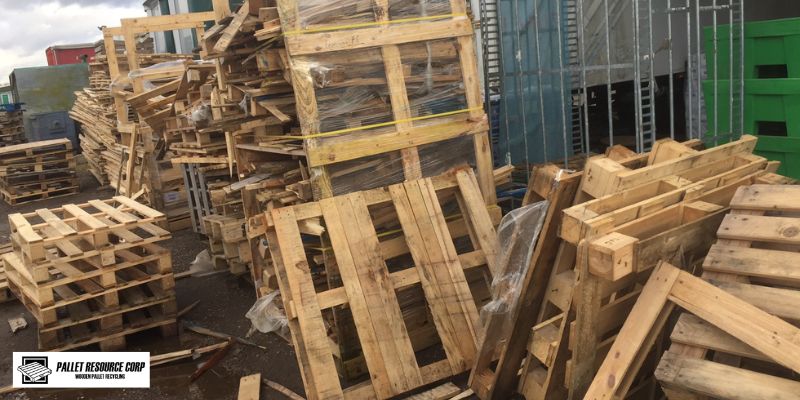
While you might be tempted to save broken wood pallets, doing so could put your safety at risk. When piled, wood pallets with damaged or broken joints can make the structure more unstable and cause a rapid collapse. The easiest approach to avoid this type of safety problem is to recycle or refurbish your broken wood pallets as soon as they begin to deteriorate.
#4 Pallet racking system overload
It’s crucial to be aware of the pallet racking’s capacity before loading it since the systems have certain weight restrictions and loading limitations. Check the manufacturer’s specifications if you can’t locate the weight capacities listed on the system. The heavier weights should always be kept on the lower levels and the lighter ones on the upper levels.
#5 Damage to pallet racks is not prevented
Pallet stacking failure from forklifts and other risks should be avoided and minimized, since workplaces frequently subject pallet racking systems to various forms of abuse. When developing a plan for preventing damage, be sure to consider the surroundings of your racks.
#6 Impulsively buying used racking
Although used racking could appear nice on the outside, it may also have hidden issues. Used pallet racking systems are sometimes far more economical than buying new pallet racks. Make sure to properly check the pallet racking before deciding to purchase it to look for any defects that might lead to complications later on.
#7 Overhanging the pallets or the products
The manner in which you stack your items may be done in a variety of ways. You should select a technique that helps you stay away from the overhanging error. Products are in danger of dropping when they just slightly protrude from the pallet’s side. By placing the lowest layer of items first, you may avoid making this mistake. Put them in a certain pattern where each item fits, then repeat for the following stack.
#8 Inefficient stacking
Always arrange your items in rows when placing them on a pallet. Before beginning the next layer of the column, ensure that the previous layer is flat. Also, pay attention to the height. In general, your stack’s height shouldn’t be greater than its length, although this might vary depending on the product you’re stacking and if you want to double stack.
Summary:
Try to avoid making stacking and storage mistakes with your pallets. If and when you need pallets to be recycled, you can call Pallet Resource Corporation of Minnesota at 763-792-2882.
